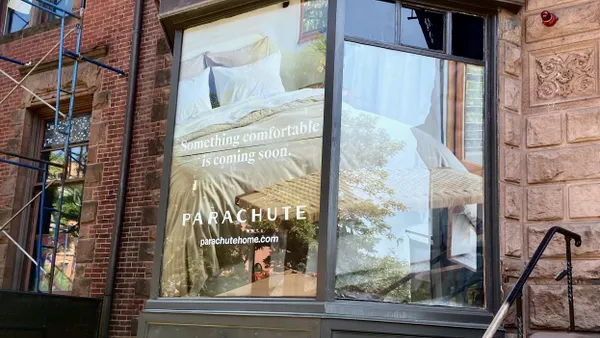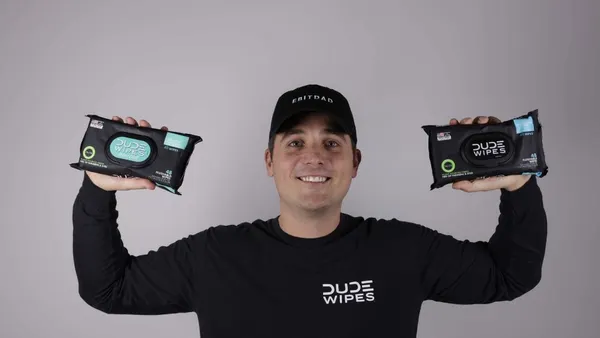Dive Brief:
-
Competition from Amazon is spurring improvements at Walmart and Target that are giving both retailers new advantages, but Walmart is besting Target when it comes to omnichannel convenience, digital capabilities, and value perception, according to a Cowen & Co. report emailed to Retail Dive.
-
If successful and eventually scaled, Walmart's pilot effort to have store employees deliver online orders from its stores could widen that further by expanding home delivery and saving on last-mile costs, Cowen analysts said.
-
When it comes to "greater tests and opportunities" in omnichannel fulfillment, Target does have the advantage over Walmart, however. That includes Target's Restock program, now available in 11 markets, its newly returned curbside service in 50 stores, and its same-day delivery through four stores in New York City, according to the report.
Dive Insight:
Target is a much smaller retailer than Walmart, with fewer stores and much less of a price focus. Walmart's massive footprint and owned truck fleet accrue advantages to its brick-and-mortar and omnichannel operations, and its massive size also gives it huge leverage with vendors.
That all helps Walmart beat Target with what Cowen flags as "customer value perception," but Target is holding its own, according to the report. "We do like [Target]'s recent intensity" when it comes to price competition, Cowen analysts wrote. "[Walmart] has been investing billions in price for over 1.5 years. Meanwhile, [Target] remains in the early innings, having begun investing in price earlier this year, and in our view began making a significant push to improve customer value perception in early September with a widely circulated blog post."
According to Cowen's Consumer Tracker analysis, satisfaction with prices at Walmart has improved year over year in five of the past seven periods, including registering the highest score in the most recent period (80.1%) since data tracking began in December 2012. Meanwhile, at Target, satisfaction with prices has declined in six of the seven periods.
Walmart is transparently going head to head with Amazon these days, but it's Target that has the greater overlap with Amazon customers, according to this Cowen report, as well as other research from Frank N. Magid Associates. "Despite strong digital momentum at both [Walmart] and [Target], our analysis of the Cowen Consumer Tracker indicates continued growth in overlap between both [retailers'] shoppers with [Amazon]," according to analysts. In the third quarter, 86.9% of Target shoppers also visited Amazon, a 1.2 percentage point increase from last year, while 82.9% of Walmart's shoppers also visited Amazon, a 0.6 percentage point increase from last year.
The report reflects both Target's ongoing struggles in grocery and its efforts to differentiate its merchandise, which is key for Target and has helped it avoid participating too much in margin-killing price wars in the past. The mass merchant, as Cowen analysts noted, has trumpeted recent price cuts to consumer goods that are matching or beating Walmart and Amazon, but has been able to make up for some of that with higher priced apparel and home goods. Target's partnerships with fashion and interior designers like Victoria Beckham and Nate Berkus, along with their own private label merchandise, mean customers bulk up their carts with pricier things. But that also leads to its reputation for higher prices.
"I don't know that they really struggle to compete on price the way some people perceive them to," Profitero vice president of strategy and insights Keith Anderson told Retail Dive earlier this year. "Target does carry items closer to the 'better' and 'best' category, but on exactly the same item, Target really is competitive. People walk into Walmart and walk out pleased about the prices, and people walk into Target and walk out with things they hadn't planned on buying, so they perceive Target as more expensive.”













